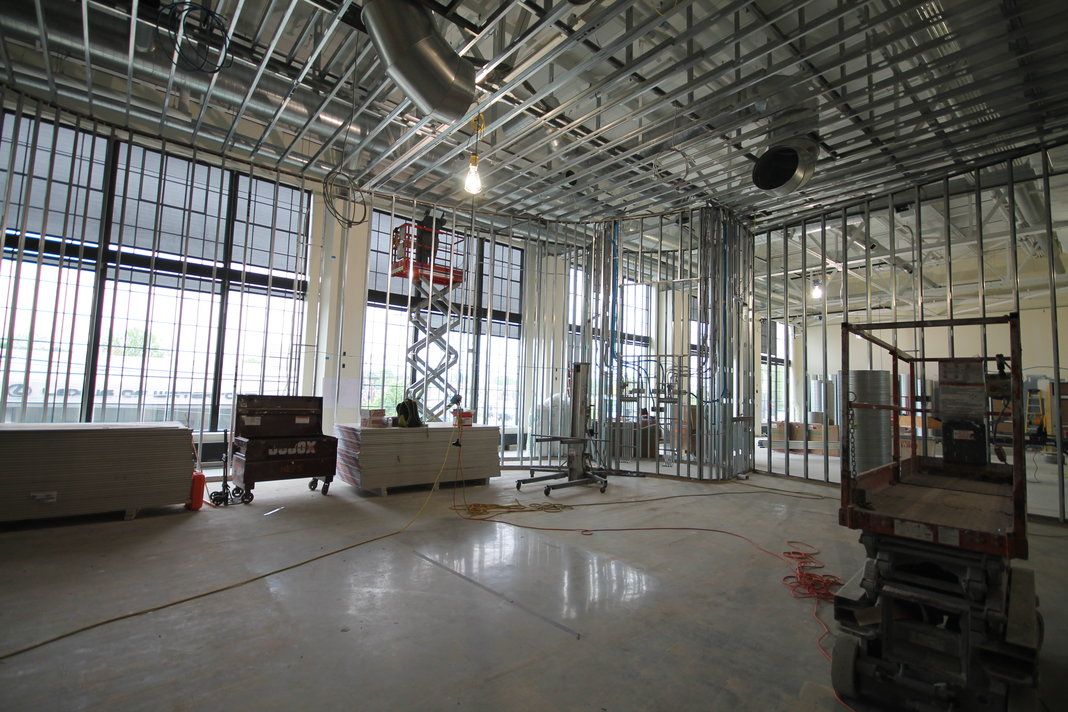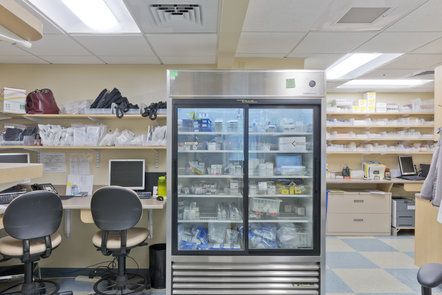We say it all the time with pride – more than 95 percent of our work is completed in sensitive, occupied space. But as a client, what does that mean to you, and why does it set Wise apart? Unlike others in the construction industry, we don’t spend our time building high rises and new buildings. Our focus has allowed us to become specialists in coordinating logistically-challenging projects within occupied spaces throughout all of the industries we service.
Our corporate team understands that companies typically don’t have the luxury of swing space and cannot have their employees distracted with construction. Currently we’re working at a global banking and personal financial services firm to renovate several office areas throughout the entire floor, and install a new stairway system connecting two floors. To get the work done within the time needed without causing any disturbances to employees, the Wise team created a phasing plan to completely renovate seven offices, corridor areas, or workstations at a time over seven consecutive weekends. On Friday’s our team removes the furniture and belongings from each office. Then, working through Sunday, teams of carpenters and laborers work staggered to completely re-carpet, paint and renovate each office, having everything put in place and ready for its occupants by Monday morning.
This approach to working throughout occupied areas becomes even more stringent in controlled healthcare environments. One top Boston hospital trusts in Wise’s method, and recently has brought us in to refresh the facility’s main pharmacy and supporting areas. To keep the pharmacy in use during construction, the Wise team came together to develop a similar weekend work plan. Due to the sensitive nature of the compounding pharmacy, work has been broken up into very small phases, each around 100 SF or less. While working directly in the compounding pharmacy, special precautions for containment have to be put in place. Work is being broken up into even smaller areas, and two levels of containment are required. Any equipment that cannot be moved from the work area, such as benches or tables, must be sealed in plastic to protect from any contamination. Each weekend over twenty weeks, the Wise team goes in and renovates the utility work above the ceiling, changes out and adds additional lighting, paints and replaces the carpet. Although the work itself is fairly simple, coordinating work for several trades within such a small area is no easy task! Close coordination with the hospital’s pharmacists, facilities department, infection control, safety and security must take place.
At Harvard University’s William James Hall, a different approach is being used to refresh an occupied psychology department. The center and corridors of the 14th floor’s administrative, teaching and lab spaces were outdated, but the department cannot be moved for renovations. Working in an area that’s surrounded on all four sides is a challenge to begin with, but to meet budget requirements, around 80 percent of the work had to be done during regular work hours. Wise’s team of carpenters and laborers were the key to success on this project. They were able to install hard temporary barriers in small sections off hours, then demo the area. During regular hours, subcontractors would perform the mechanical, electrical and other work, then, when completed, the Wise carpenters would come back in to drywall the section, and create the barriers for the next area. Because of these efficiencies, the project is set to be completed on schedule without disrupting any of the valuable research taking place at Harvard.


